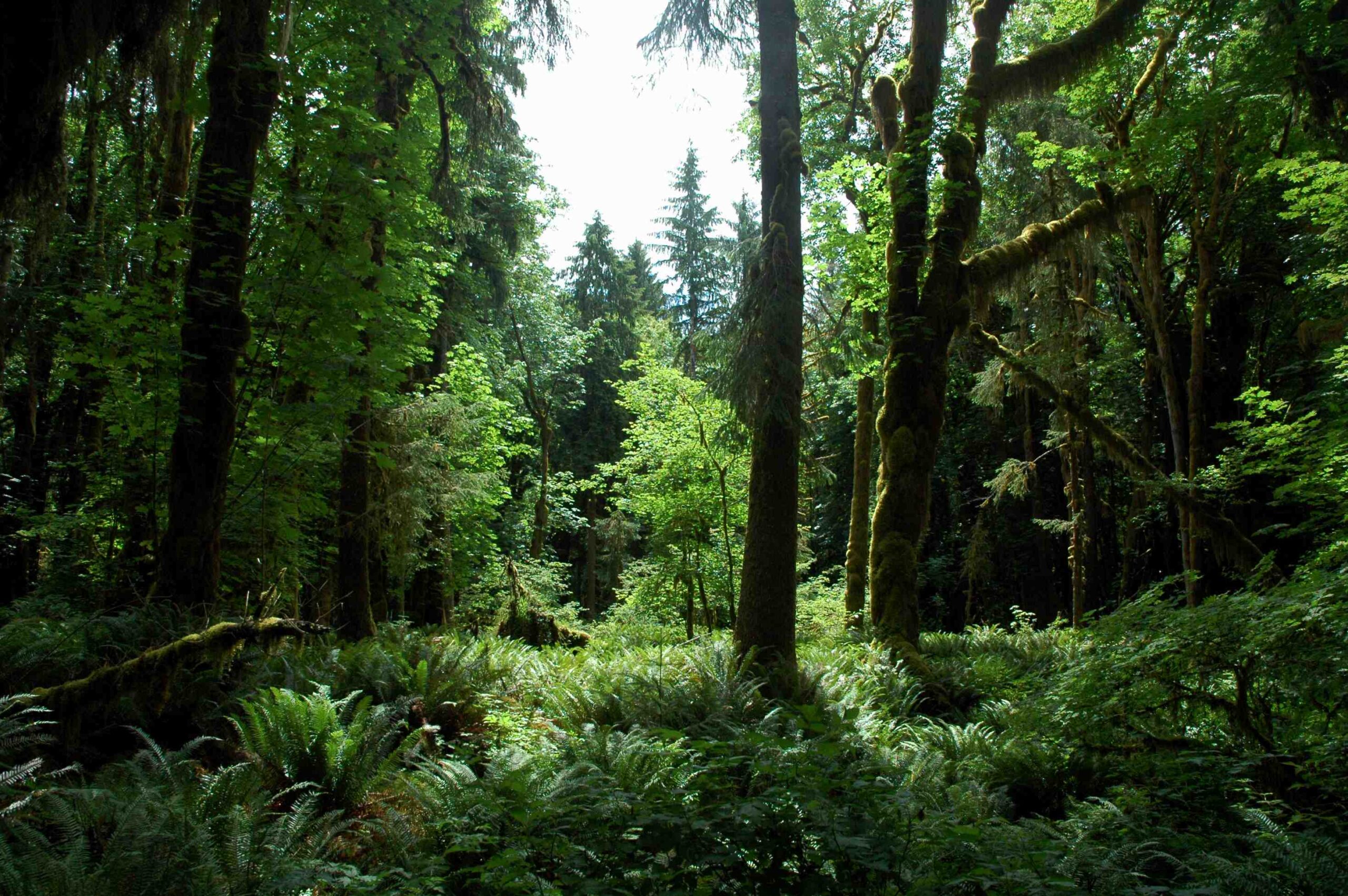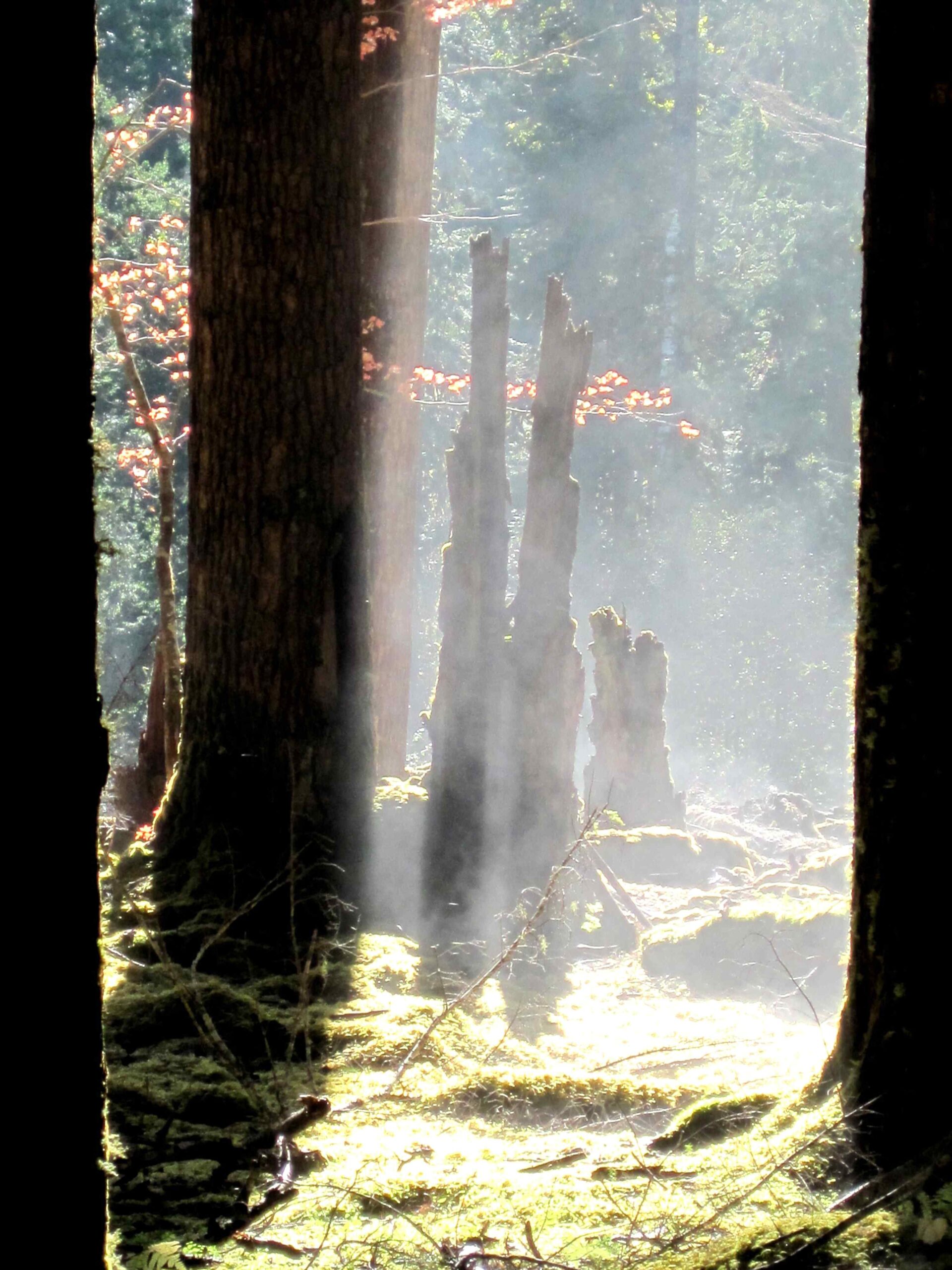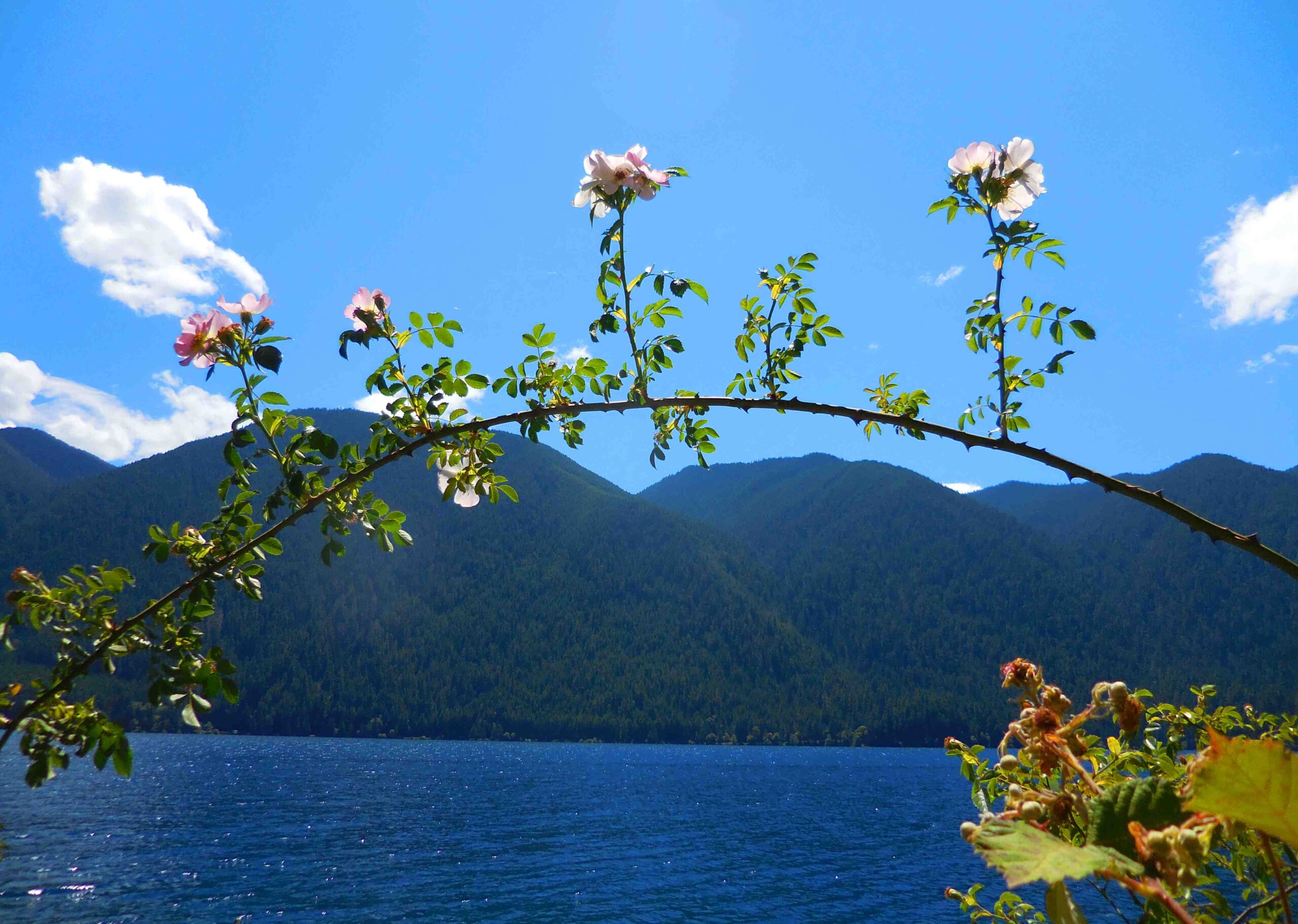The Olympic National Park rainforest is a unique ecosystem characterized by towering trees, lush vegetation, and abundant wildlife. This temperate rainforest receives up to 12 feet of annual rainfall, creating a verdant landscape draped in moss and ferns. The park’s rainforest is home to diverse flora and fauna, including endemic species like the Roosevelt elk. Visitors can explore this enchanting environment through various trails, each offering a distinct perspective of the rainforest’s beauty and ecological significance.
What Makes the Olympic National Park Rainforest Unique?

The Olympic National Park rainforest stands out due to its:
- Temperate climate
- Diverse ecosystem
- Ancient trees
- Abundant rainfall
- Endemic species
This unique environment supports a complex web of life, from towering conifers to tiny insects, creating a mesmerizing landscape that captivates visitors from around the world.
What Are the Best Trails to Explore in the Olympic National Park Rainforest?

The rainforest offers several trails that showcase its beauty:
Hoh Rain Forest Trails
- Hall of Mosses Trail
- Length: 1.1 miles
- Elevation gain: 78 feet
- Difficulty: Easy
-
Features: Towering trees, moss-draped landscape, Maple Grove
-
Spruce Nature Trail
- Length: 1.4 miles
- Elevation gain: 16 feet
- Difficulty: Easy
-
Features: Sitka spruce, hemlock trees, primeval ferns
-
Hoh River Trail
- Length: 34.6 miles (variable)
- Elevation gain: 3,700 feet (full trail)
- Difficulty: Hard (full trail), Easy to Moderate (shorter sections)
- Features: Rainforest scenery, Mineral Creek Falls, Mount Olympus views
Bogachiel Rain Forest Trails
- Bogachiel Rain Forest Trail #825
- Length: 1.6 miles to park boundary, extends 30 miles into the park
- Difficulty: Easy to Intermediate
-
Features: Old-growth spruce, cedar, and hemlock, hanging mosses
-
Ira Spring Wetland Trail #825.1
- Length: 2.9-mile loop
- Difficulty: Easy
-
Features: Fern forest, wetland overlooks
-
Homestead Loop Trail #825.2
- Length: 1-mile loop
- Difficulty: Easy
- Features: Alder groves, 1890 Morgenroth homestead, river views
What Wildlife Can Be Observed in the Olympic National Park Rainforest?
The rainforest is home to diverse wildlife, including:
- Roosevelt Elk
- Black Bears
- Deer
- Salmon
Where Are the Best Spots for Wildlife Viewing?
- Hoh River Trail: Offers opportunities to spot deer, elk, and black bears
- Hoh Valley: Known for its large Roosevelt elk population
What Are the Seasonal Behaviors of Wildlife?
- Roosevelt Elk: Migrate to lower elevations in winter, return to higher ground in summer
- Black Bears: More active in spring and summer, may hibernate in winter
How Does the Climate Affect the Olympic National Park Rainforest?
The rainforest’s climate is characterized by:
| Season | Temperature Range | Precipitation |
|---|---|---|
| Winter | 35°F to 50°F | Heavy rainfall |
| Summer | 50°F to 70°F | Mild, less rain |
Annual rainfall can reach up to 12 feet, making it one of the wettest places in the continental United States.
What Unique Ecosystems Exist in the Olympic National Park Rainforest?
The rainforest ecosystem is composed of:
- Giant Conifers (Western hemlock, Sitka spruce, Western red cedar)
- Deciduous trees (Big-leaf Maple, Vine Maple)
- Understory vegetation (Ferns, Mosses)
This diverse vegetation creates a multi-layered canopy that supports a wide range of wildlife and contributes to the forest’s unique character.
How Is the Olympic National Park Rainforest Being Conserved?
Conservation efforts in the Olympic National Park rainforest include:
- Establishment of protected areas
- Ecosystem management practices
- Visitor education programs
- Wildlife protection measures
- Habitat restoration projects
These efforts aim to preserve the rainforest’s ecological integrity and ensure its long-term survival.
What Should Visitors Know Before Exploring the Olympic National Park Rainforest?
Visitors should be aware of the following guidelines:
- Stay on designated trails to protect the fragile ecosystem
- Carry adequate water and rain gear due to unpredictable weather
- Be prepared for muddy conditions and potential trail re-routes
- Wear bright colors during hunting season
- Maintain a safe distance from wildlife
- Use wheelchair-accessible trails where available
By following these guidelines, visitors can help preserve the rainforest while enjoying its unique beauty.

